

Discover more from Agent131711’s Substack
What is Soy & Sunflower Lecithin Ingredient? Let's Find Out...
It's in processed foods, supplements, pharmaceuticals, animal feed, skin care products and is used to manufacture plastic, cardboard, paint and gasoline, but what exactly is it?
Because it’s in everything, it must be good for us, but let’s make sure…
WHAT IS SOY?
Here are soy plants:
They make beans pods:
Soy beans:
There’s actually lots of varieties of soy beans:
Soybeans are one of the major agricultural crops planted in the United States, second to corn. Nearly 100% of these crops are genetically modified to withstand the pesticides and herbicides sprayed all over them. (And they’re also modified for a whole lot of other purposes. Check out my piece Secretly Drugging Fresh Produce: Vaccines, Contraceptives and Other Medicines)
Soy Lecithin, pronounced “less-a-thin”, is an ingredient that is now in damn-near everything processed because it acts as an emulsifier. An emulsifier is needed to make oil and water blend together. It also keeps the ingredients from separating later.
There are two grades of Soy Lecithin; industrial grade and food grade. Food grade is what is in chocolate, ice cream, bread, “protein substitutes”, “vitamins” and more:
Soy lecithin is so fantastic that, in many varieties of Almond Milk, there are no Almonds, just water and lecithin. In fact, it’s so incredible that it’s even in cattle feed, fish feed, chicken feed, dog food, it’s great to feed to every living creature. So what exactly is Soy Lecithin? Quite simply, it’s byproduct waste of the soy industry…
Why feed us byproduct waste? Because it turns costly trash into a money-maker. Instead of paying to dispose of it, they feed to to us. This is exactly how fluoride got into our water supply to strengthen our teeth, how coal tar got into vitamins, steeling pickling industry waste became great for the UN’s Food Fortification program, how “whey protein” comes from Pfizer cheese and how a large quantity of food additives came to be.
HOW SOY LECITHIN IS MADE:
Step 1: Soybean Oil Extraction: You first have to get the oil out of the bean. It’s just so beautiful:
Step 2: Degumming: Degumming is the process for removal of phosphatides from crude soybean and other vegetable oils. The phosphatides are also called gums and lecithin. The latter term is also the common name for phosphatidyl choline. There are two methods used to degum Soy Lecithin. The first is with Acetone (nail polish remover) and the second is Hexane/ Ethanol. (This sounds exactly like vitamin manufacturing and vitamin isolation. They sure love feeding us stuff made with highly toxic Hexane.)
In this phase the crude oil will form a heavy oil, romantically called sludge. This sludge can be sold for industrial purposes or it can move on to the next steps.
Industrial uses for the sludge:
Forms protective coatings for surfaces with painting and printing ink
Helps as a rust inhibitor, color intensifying agent, catalyst, conditioning aid modifier, and dispersing aid
Used to make printing inks
Used as a release agent for plastics
Acts as an anti-sludge additive in motor lubricants
Used as an anti-gumming agent in gasoline
Emulsifier, spreading agent, and antioxidant in textile and rubber products
Used as a surfactant and emulsifier in cleaning products
Acts as a lubricant and anti-wear agent in industrial applications
Used as a release agent in the manufacture of paper and cardboard products
Step 3: Centrifugation: The emulsion is then agitated or stirred for 10-60 minutes. During this process the sludge is separated from the oil using a centrifuge.
Step 4: Bleaching: The sludge is ugly so in order to make it pretty it must be bleached to change its color: (2 minute video)
Bleaching involves water and hydrogen peroxide but there are other options:
Or Synthetic amorphous silica compounds can be used. When bleaching is complete, it will change the color of the Soy Lecithin from brown to light yellow.
Step 5: Fluidizing: Fluidizing additives can be used to change the thickness of the oil to be similar to the consistency of honey. These additives include calcium chloride. If I recall correctly, we discussed this in my Evil Food Fortification Program series.
Step 6: Drying: The product is then film or batch dried to reduce the moisture to about 1%. Here are the drying machines:
Step 7: Refining: If you want to change the oil into a powder food additive you will add more Acetone (nail polish remover). This will result in a dry granular product called refined lecithin.
Grinding turns the chunks into beautiful powder:
This process is also called de-oiling:
Step 8: Make that money, baby! The final product is packaged and ready to be sold for use in various applications, including food, pharmaceuticals, and cosmetics; stuff for us to put on, and in, our bodies.
SUNFLOWER LECITHIN
Just like researching vitamins, thorough information regarding the complete manufacturing process, including chemicals used to create Sunflower Lecithin, is hard to find. Based on what I was able to locate, the process to make lecithin appears to be the process to make lecithin regardless of what lecithin you are making.
Through researching manufacturing, I stumbled across a few more interesting things about Sunflower Lecithin that I thought I would share with you:
Although Sunflower is favored by many over Soy because it is not a GMO product, the amount of lecithin that can be obtained from a sunflower seed is less than what can be obtained from a soybean, which makes sense right? A sunflower seed is small and to get the lecithin they need to break the seed up. Because of this, it is not produced in large amounts like Soy is.
This makes me wonder where they are getting all of this sunflower lecithin from? Technically speaking, we know it comes from China and India, just like all of the chemicals, food additives, vitamins and pharmaceuticals, but what I mean is, where is China getting such large quantities of it? Not only does a seed produce a tiny amount, but apparently Ukraine is the leading producer of sunflower seeds and there’s been a worldwide shortage for years due to war:
And why are the suppliers of “sunflower lecithin” bulk oil and powder (which are sold to factories to make food, supplements, etc), calling it “Sunflower Soy”?
And why are they calling it “Egg Yolk Sunflower Lecithin”?
And if Sunflower Lecithin is more rare due to lesser lecithin coming from a seed and further limited due to war, why is it so incredibly cheap? Many are only $1.20-$1.60 a kilo (2.2 pounds)! How many sunflower seeds does it take to make 2 pounds?
Anyway, the finished product of 100% Pure Sunflower Lecithin looks identical to Soy Lecithin:
Here’s Soy for comparison:
I guess the solution is to trust the label? I suppose that is the case with everything, but being that the finished products containing the (alleged) Sunflower Lecithin cost more, it would be pretty crappy to discover what we are paying for is a blend of Sunflower, Soy and possibly Egg.
According to the FDA, if “Hydroxylated Lecithin” is in food, it must be obtained using harsh chemicals:
Other than that research, the rest of the information on the internet was that Sunflower Lecithin is an incredible Godsend that will make your life delightful. My opinion is that we should not consume processed food, but this is incredibly difficult, even impossible at times. If faced with the choice, my opinion is that we should choose sunflower lectin over soy, but we should still be cautious because reality is, we have not the slightest clue what any of it actually is and everything that comes from labs and factories in China and India is sketchy because their standards are low to nonexistent. For proof of this, check out Busted! Videos from Inside Vitamin Manufacturing Factories. Warning: you might puke on your new couch. Or, if you’re not in the mood to gag, read Fish Now Contains Soy for a story about my near-meltdown at a grocery store and some shocking revelations about Soy. But first:
NEXT READ
OR CHECK OUT:
Dr. Lee Merritt is LYING About Me - Vitamin D Really IS Rat Poison, Let’s Go Through it Again
Poisoning the Food Supply: The History of Fortification Series Part 1
The United Nations Food Fortification Program Series Part 2
SOURCES, NOTES & OTHER STUFF
Just because something is in this section does not mean I agree with it nor am I promoting it. I put a bunch of links to stuff I look at to write the article in this section for people who want to do further research. I am not endorsing any product and I sure as hell do not endorse vitamins.
Lecithin extracted from sunflower or soy bean, grape seeds or other plants and used in supplements, vitamins, pharma, cooking sprays, foods, tea
https://www.ewg.org/foodscores/ingredients/24437-SOYBEANOILWITHTBHQ/
 Tiktok failed to load.
Tiktok failed to load.Enable 3rd party cookies or use another browser
Soy lecithin A thickening agent made from made from GMO soybeans that contain estrogen
https://www.bitchute.com/video/ibh1fzQLBxc5/
 Tiktok failed to load.
Tiktok failed to load.Enable 3rd party cookies or use another browser
https://onlinelibrary.wiley.com/doi/abs/10.1002/ejlt.200800041
https://chriskresser.com/harmful-or-harmless-soy-lecithin/
HISTORY
https://www.facebook.com/watch/?v=2881015938814219
https://www.tiktok.com/discover/Gary-brecka-lecithin
CHOLINE SCAM https://nutritionfacts.org/video/eggs-and-choline-something-fishy/
https://www.sciencedirect.com/science/article/abs/pii/S092422442200365X
exposure to choline https://www.ncbi.nlm.nih.gov/pmc/articles/PMC7010002/
https://www.sciencedirect.com/science/article/abs/pii/B9781630670443500054
https://www.bing.com/ck/a?!&&p=52e99894b10e9556JmltdHM9MTcxNjE2MzIwMCZpZ3VpZD0yMDY2YWE1My1lNDM3LTZjY2UtMDczNC1iYWRjZTU4YjZkNjAmaW5zaWQ9NTIzNg&ptn=3&ver=2&hsh=3&fclid=2066aa53-e437-6cce-0734-badce58b6d60&psq=soy+lecithin+byproduct&u=a1aHR0cHM6Ly9lbi53aWtpcGVkaWEub3JnL3dpa2kvTGVjaXRoaW4&ntb=1
Subscribe to Agent131711’s Substack
I'm a researcher. Come explore uncomfortable Truths in a lighthearted way that makes them easier to digest (and sometimes even hilarious). I publish special deep dives for paid subs on the 1st and 15th, everything else is free.




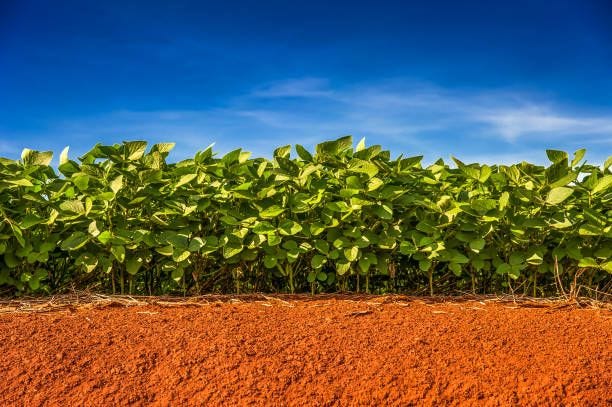
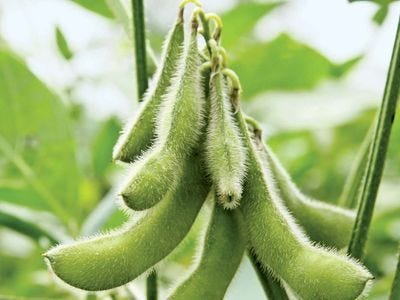
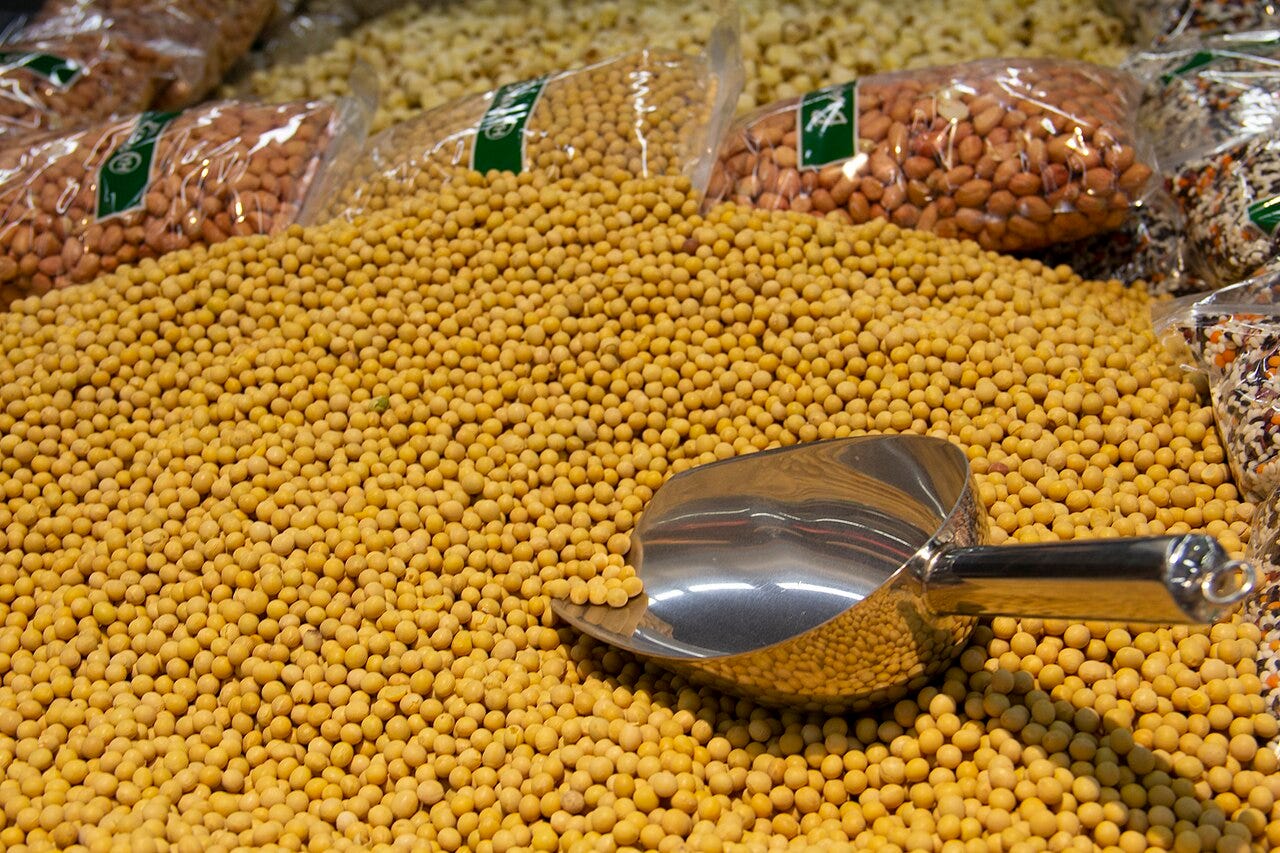

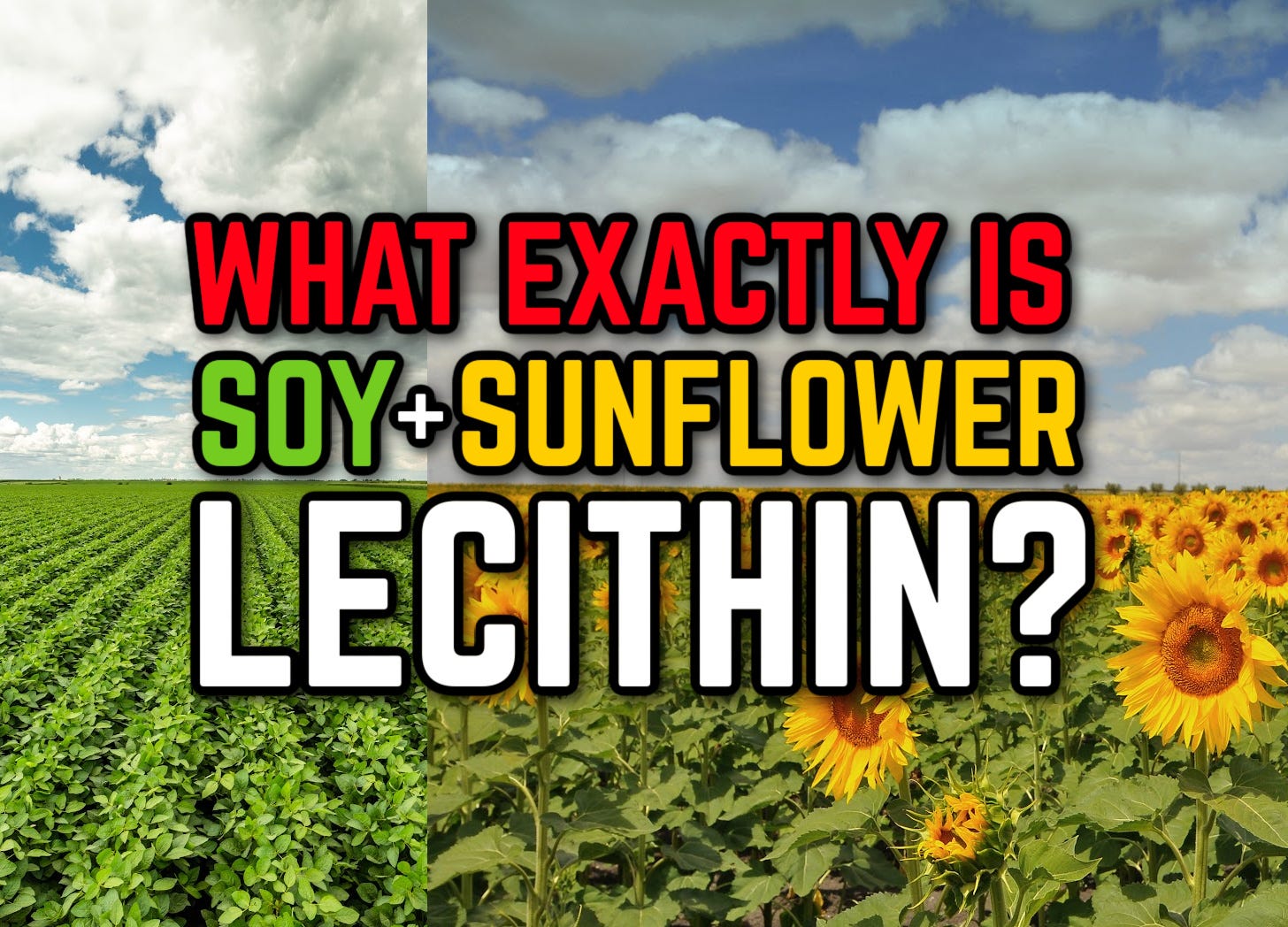
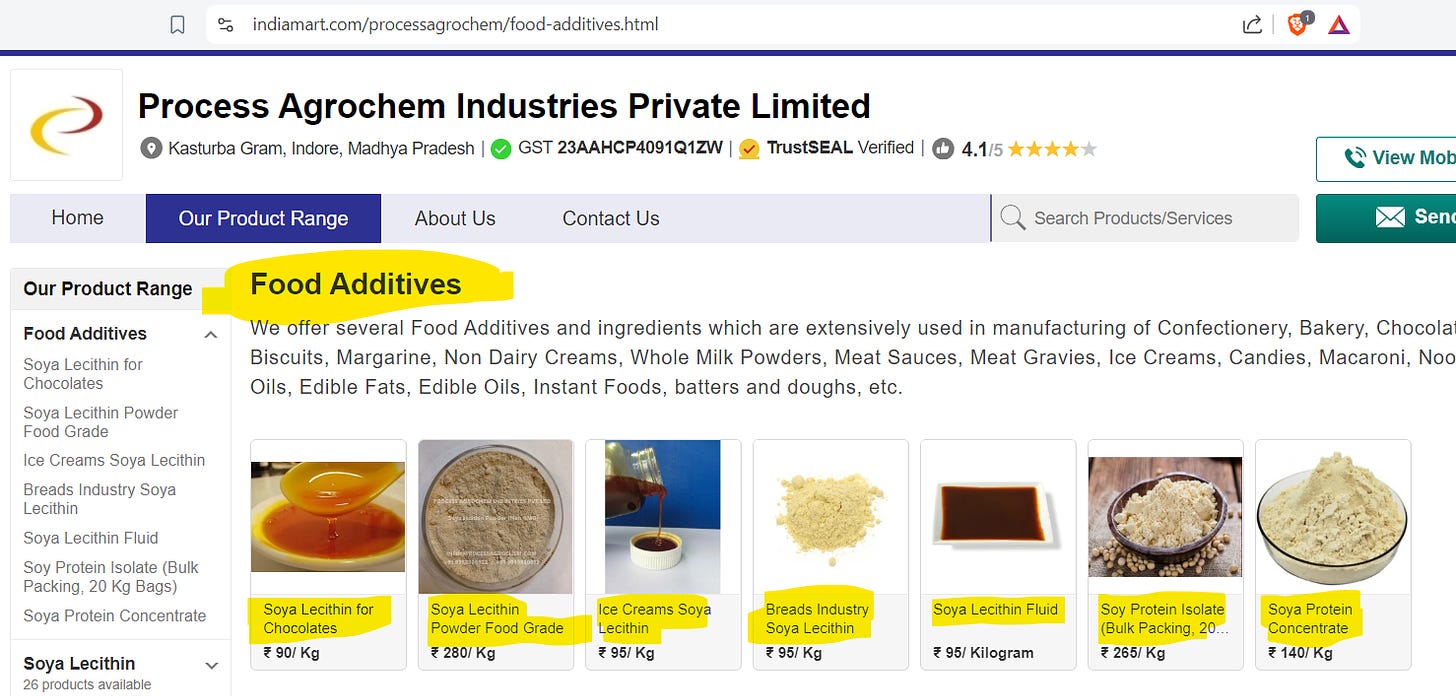
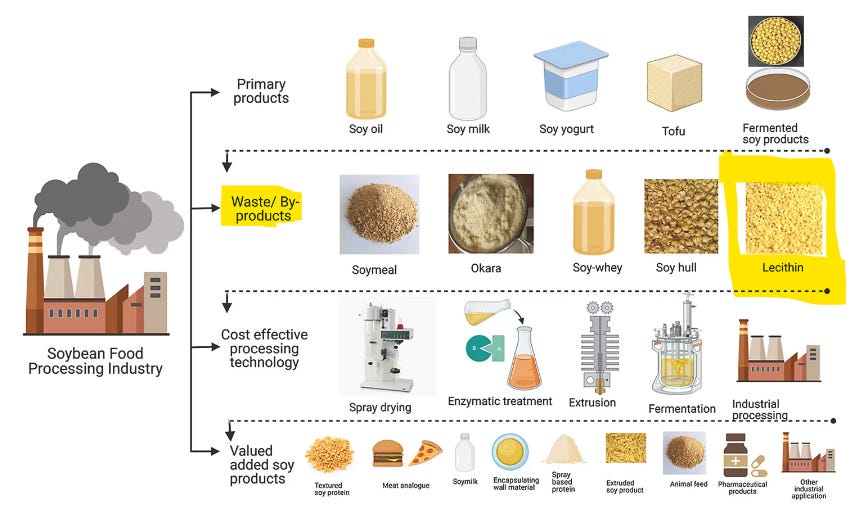
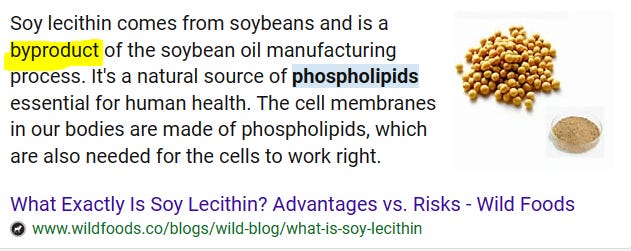
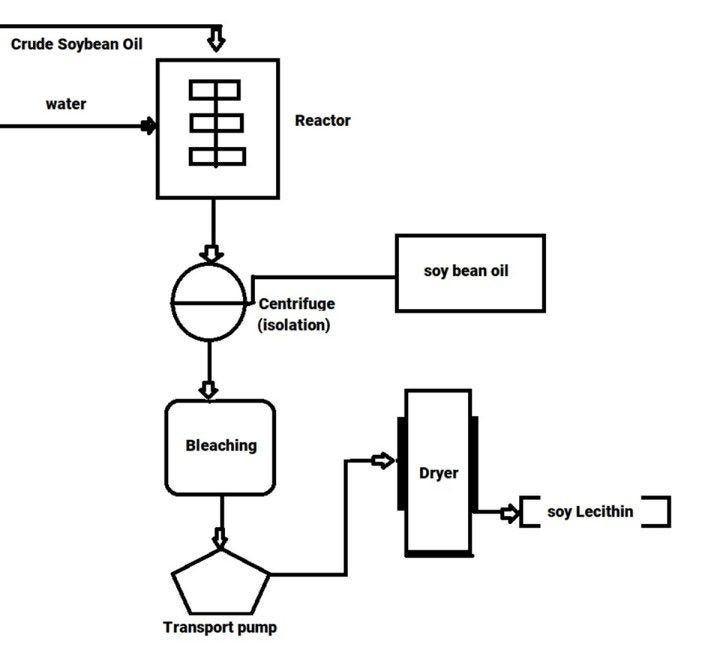
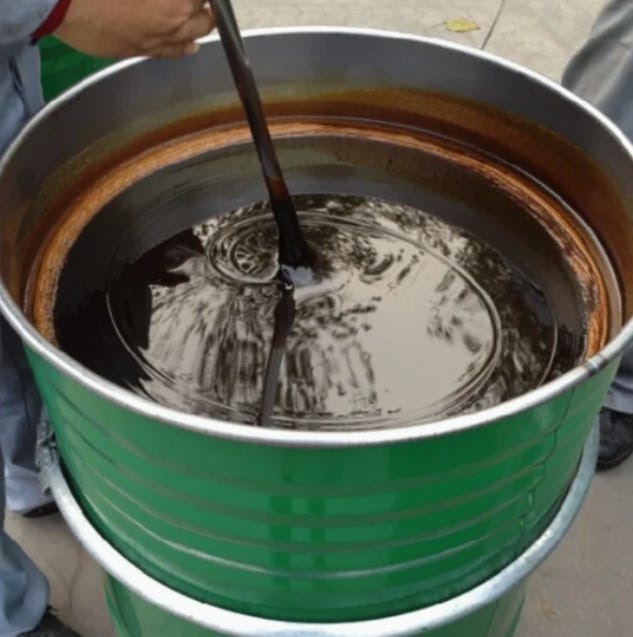
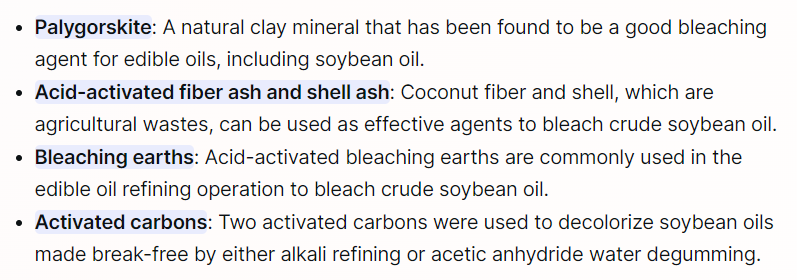
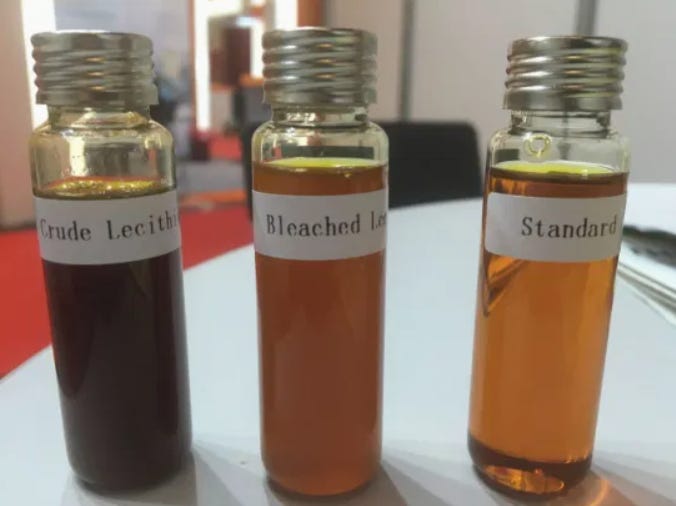
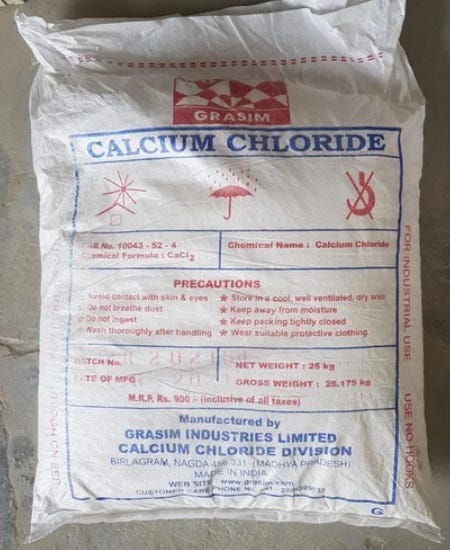

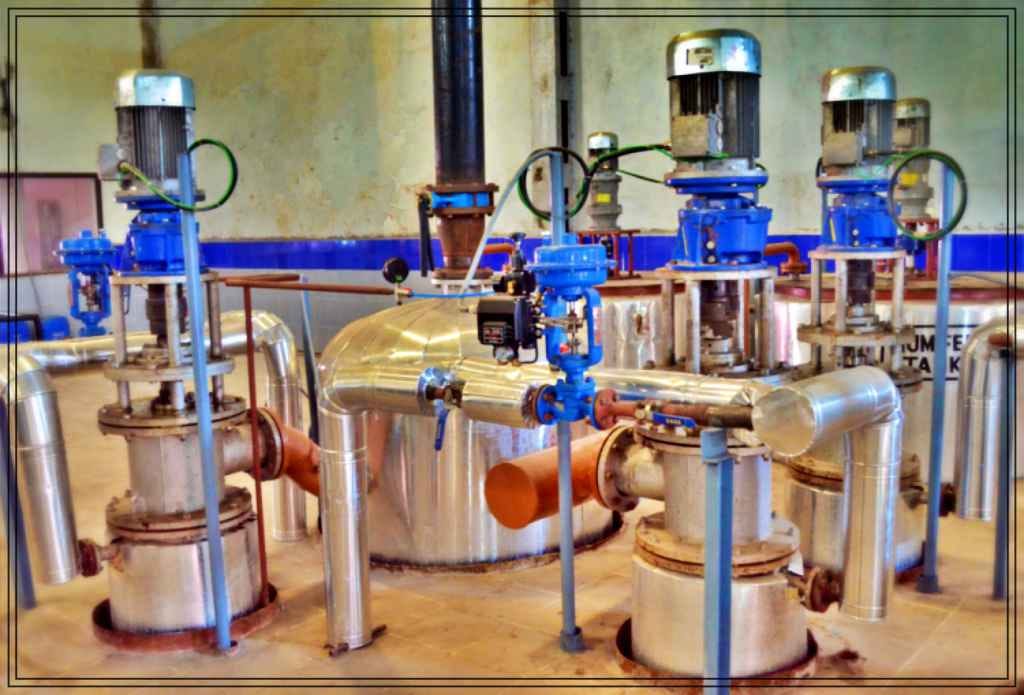
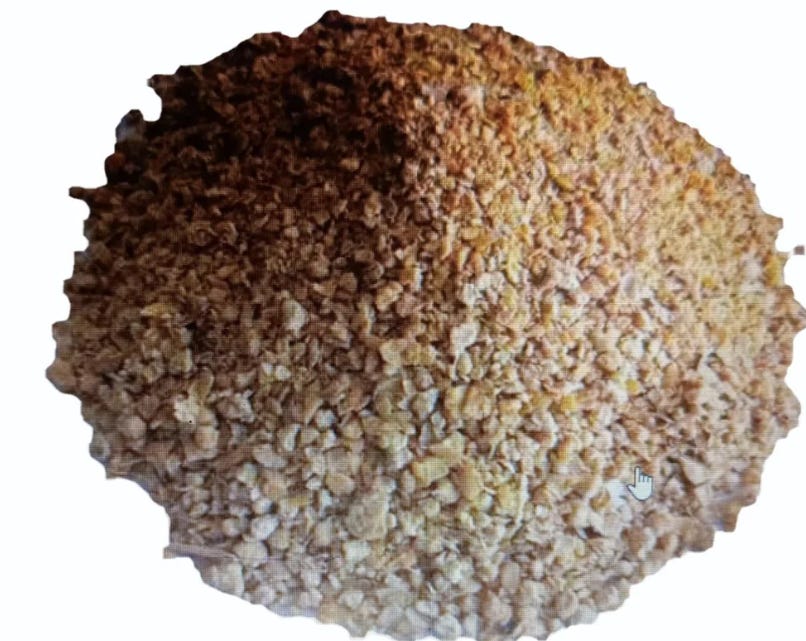
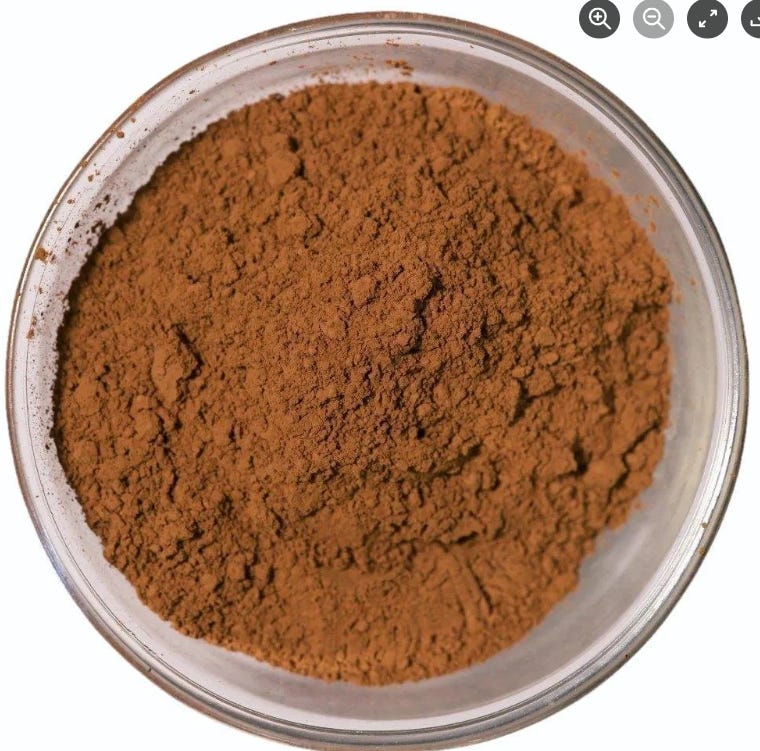
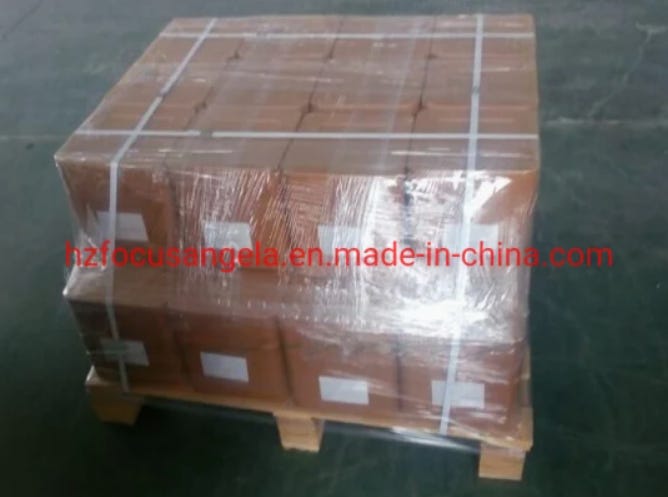
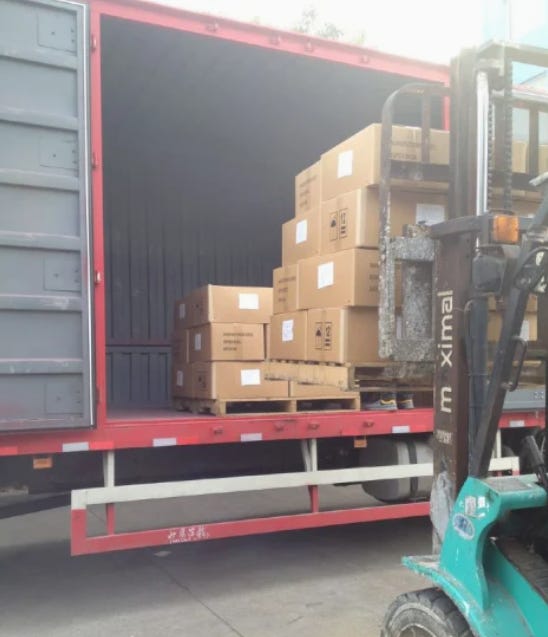
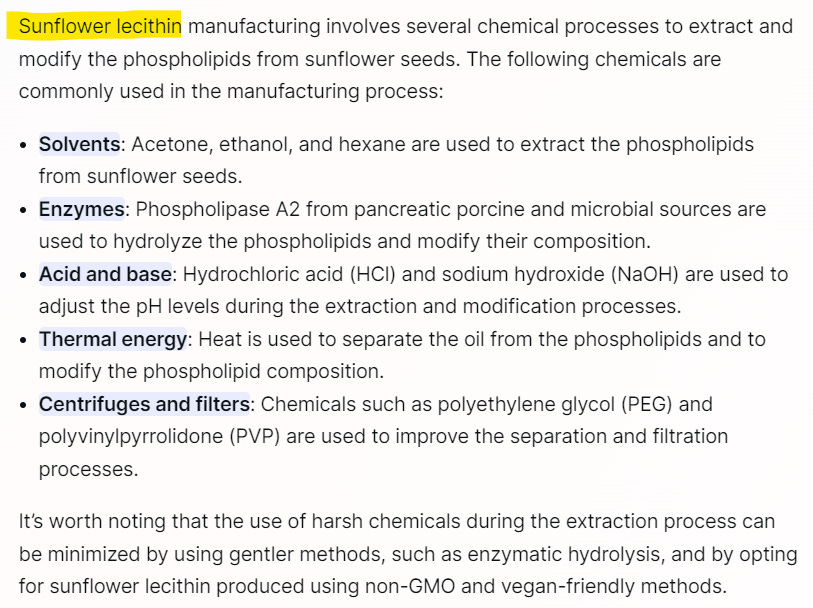


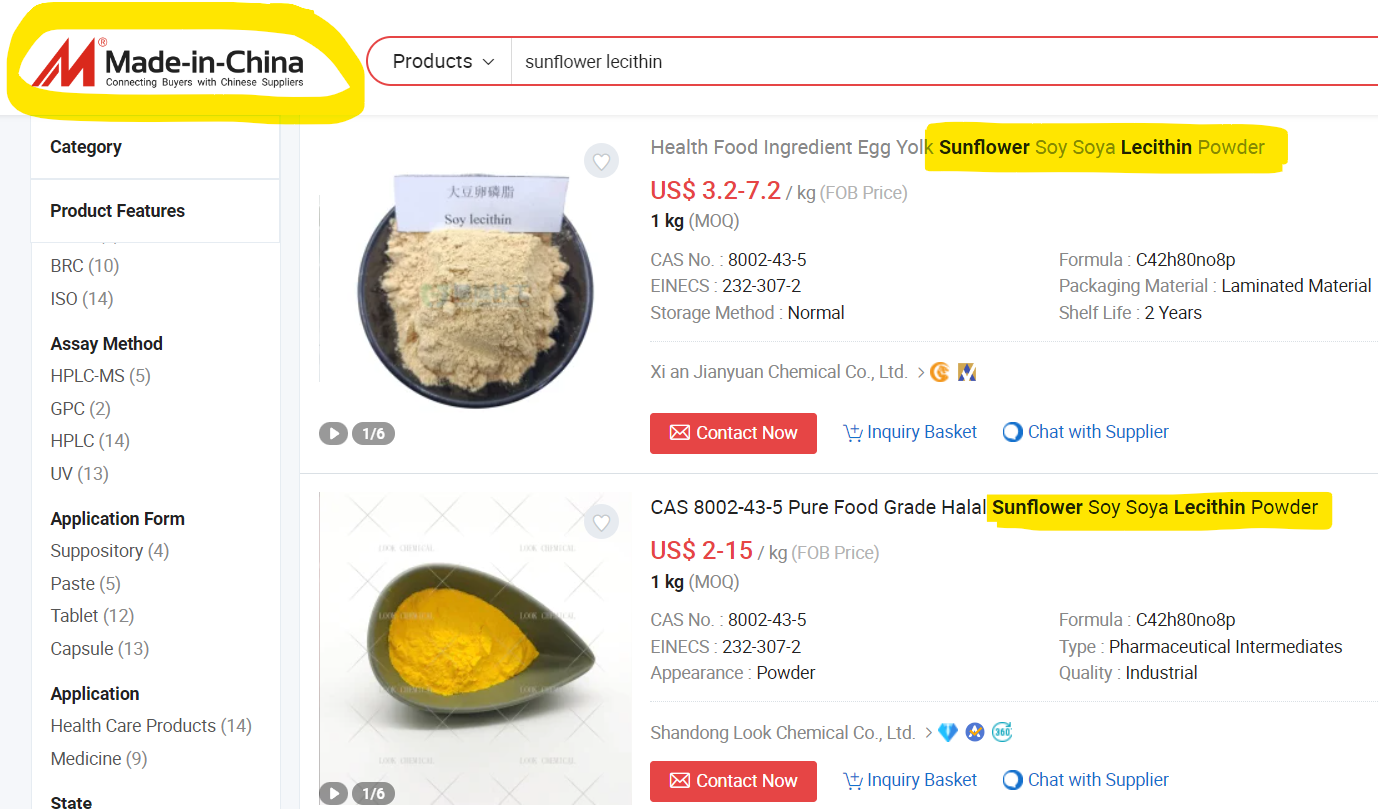
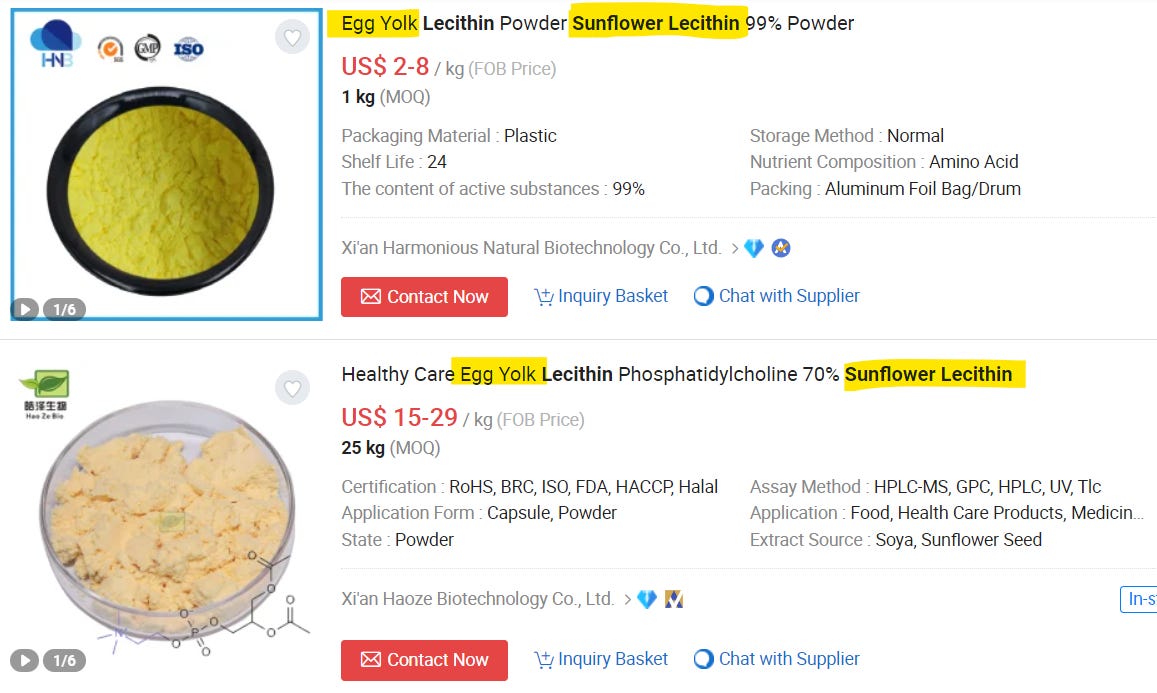
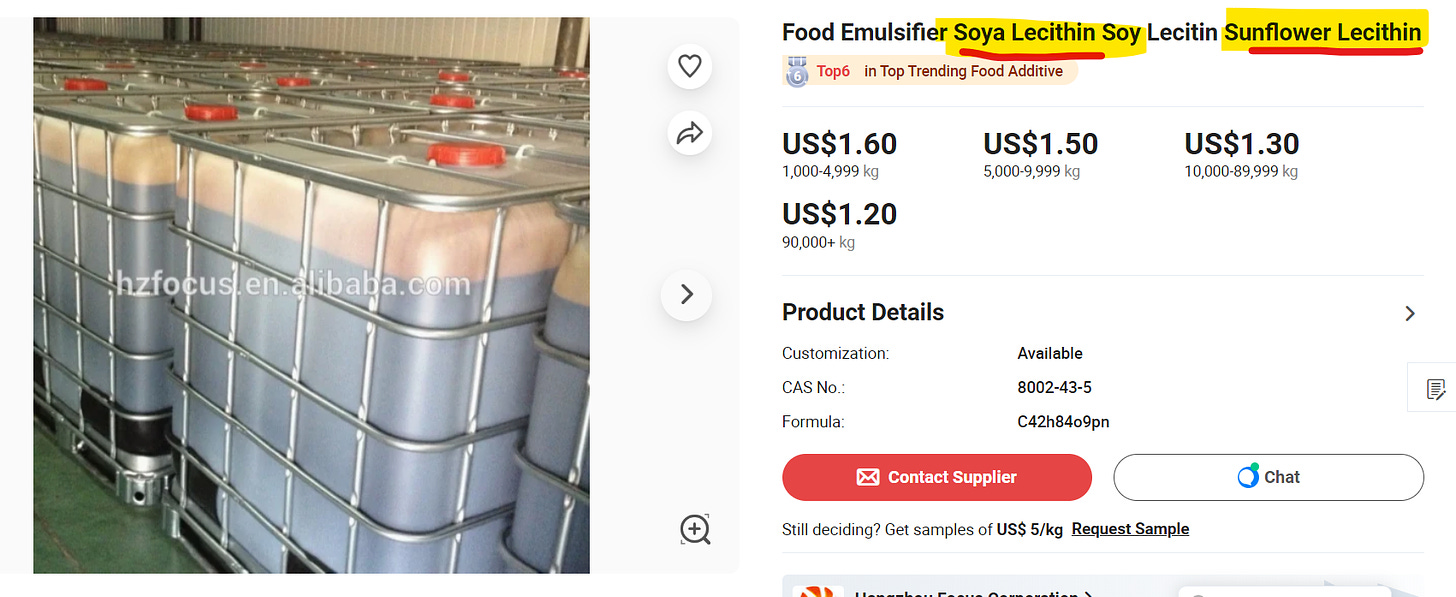

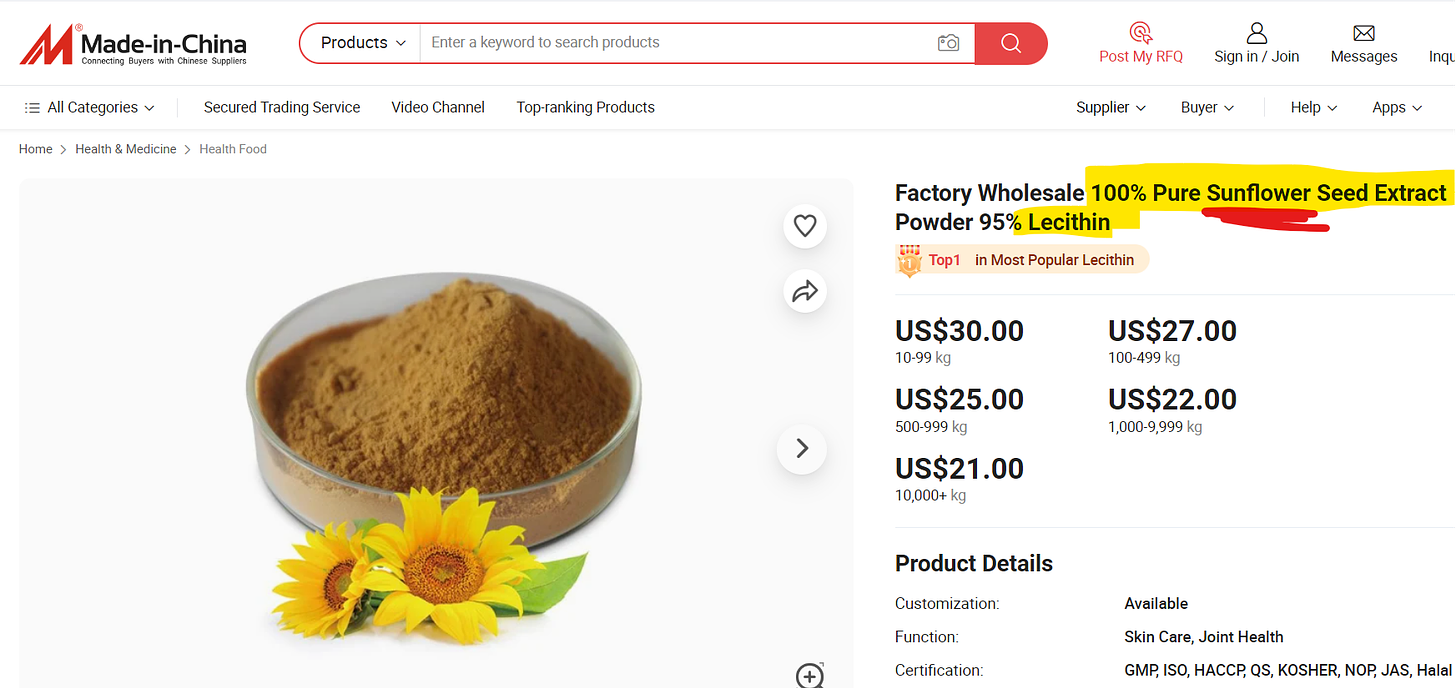
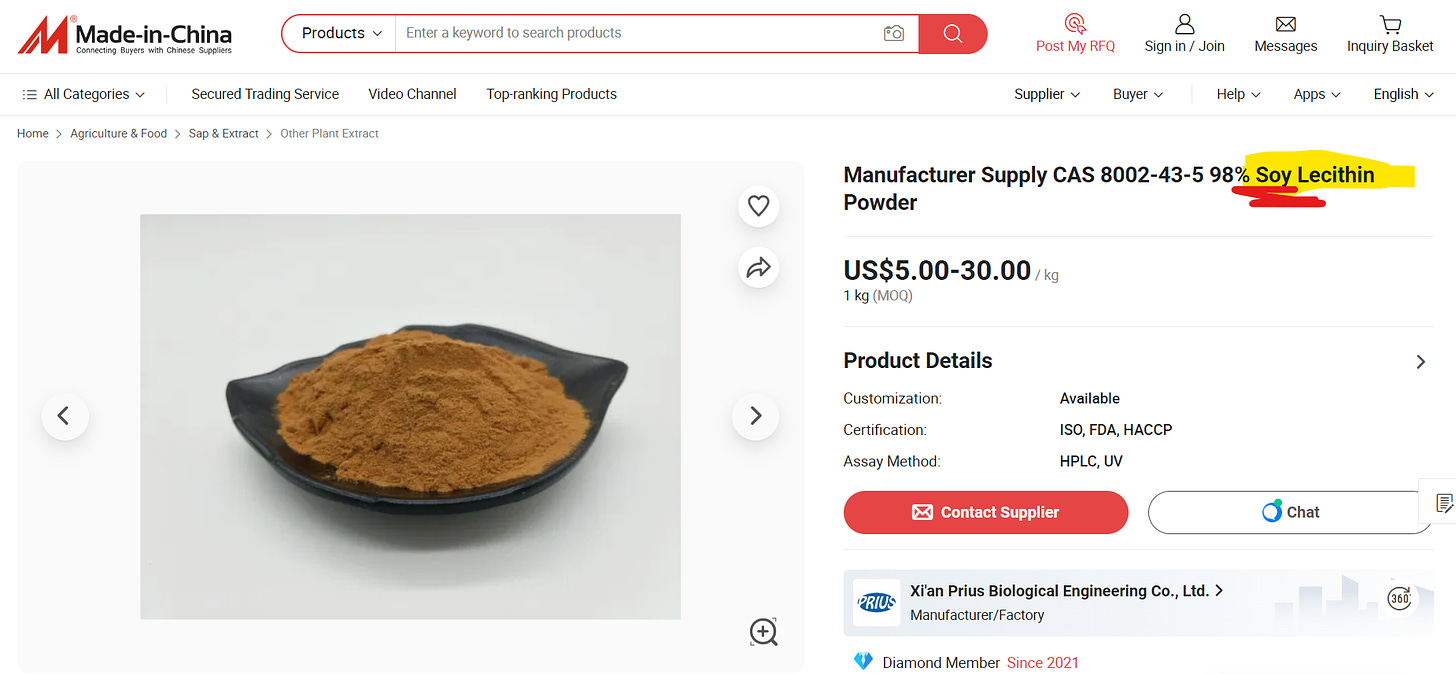
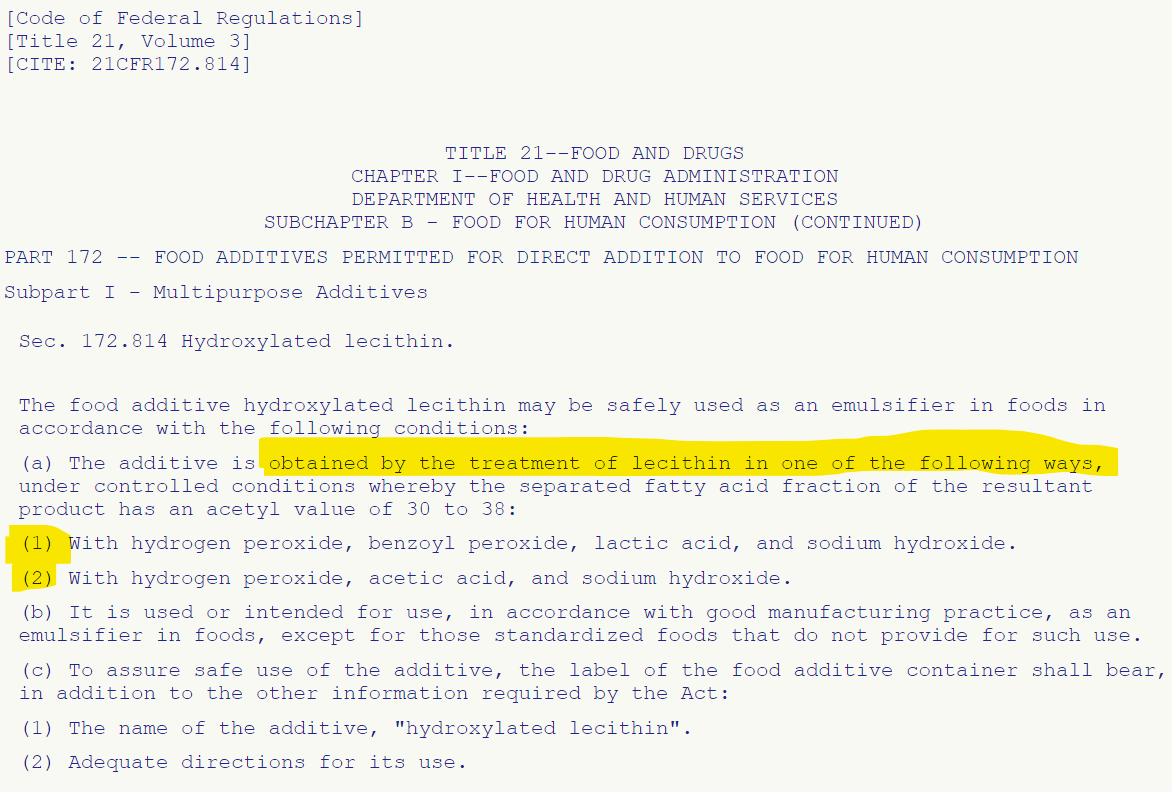
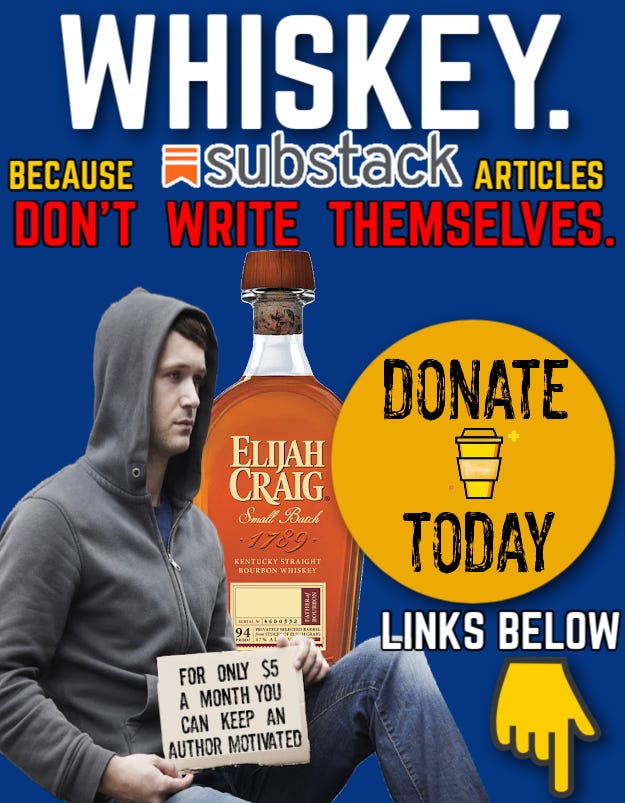
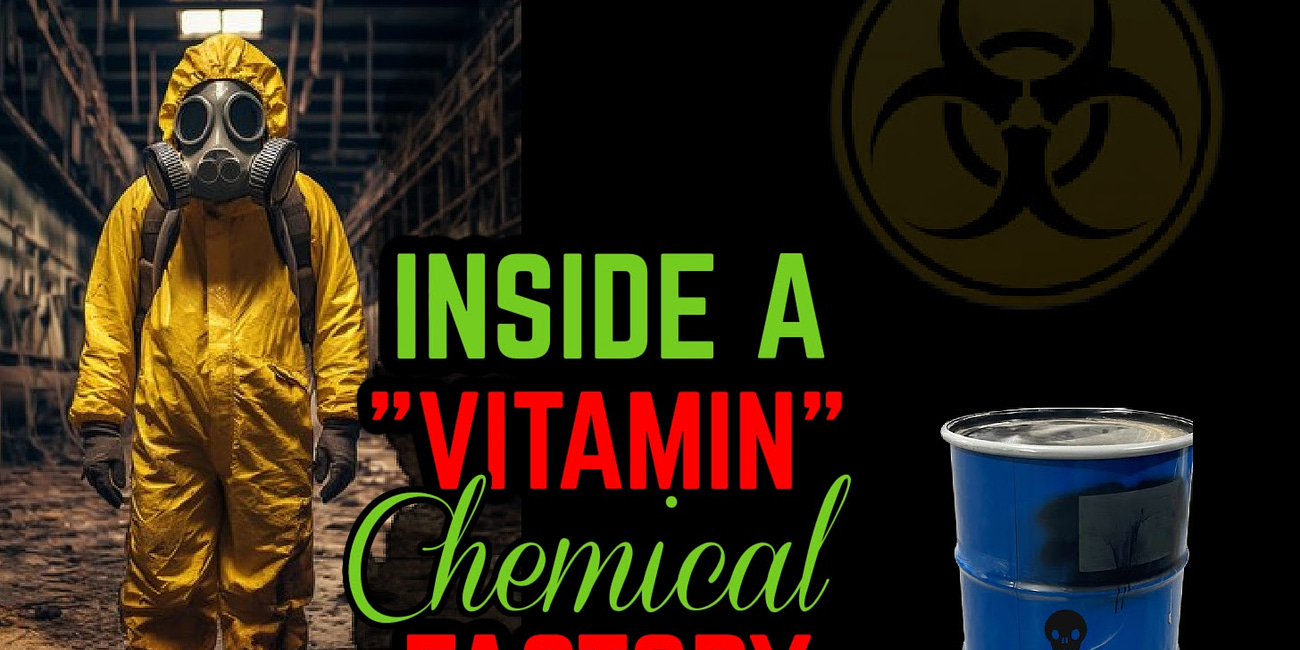
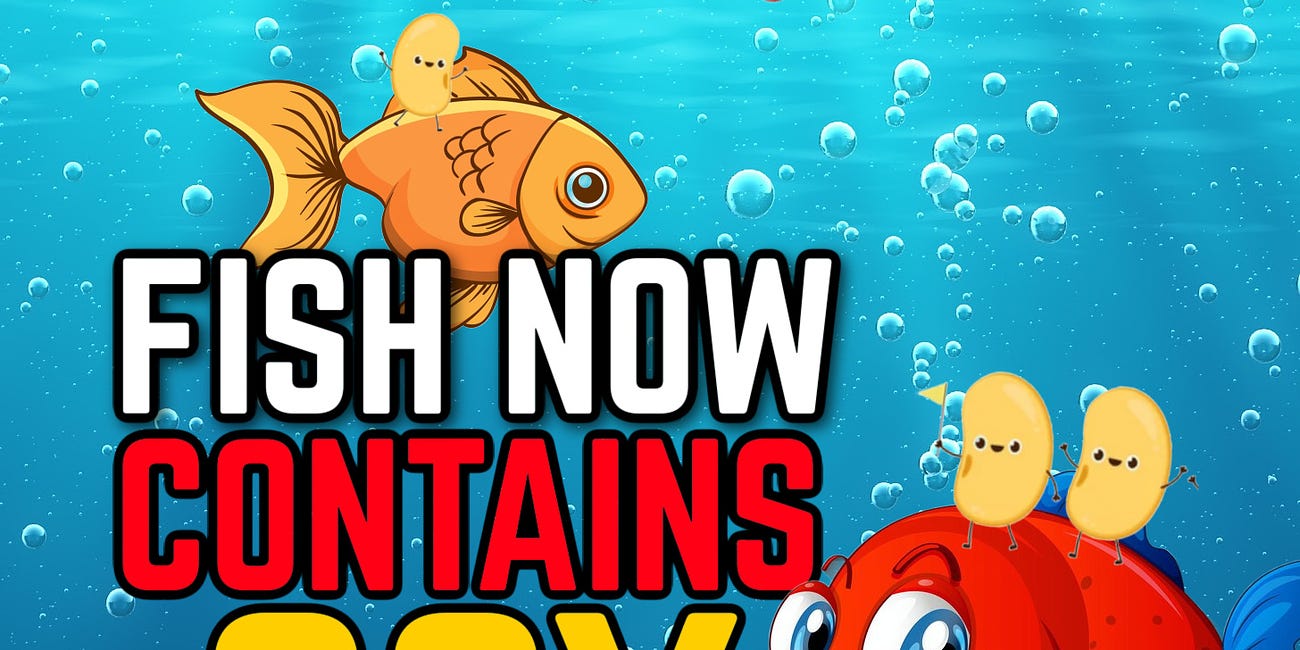
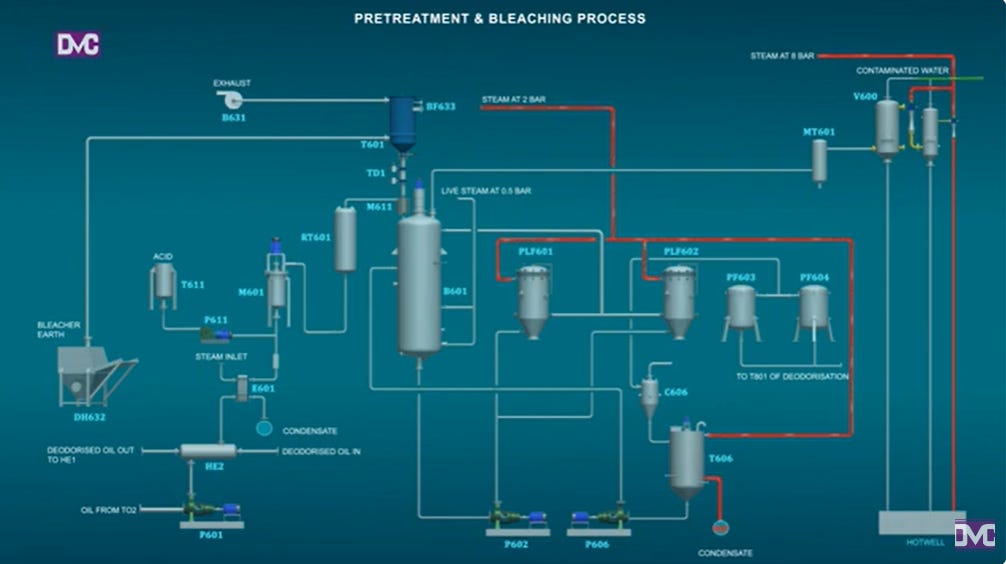
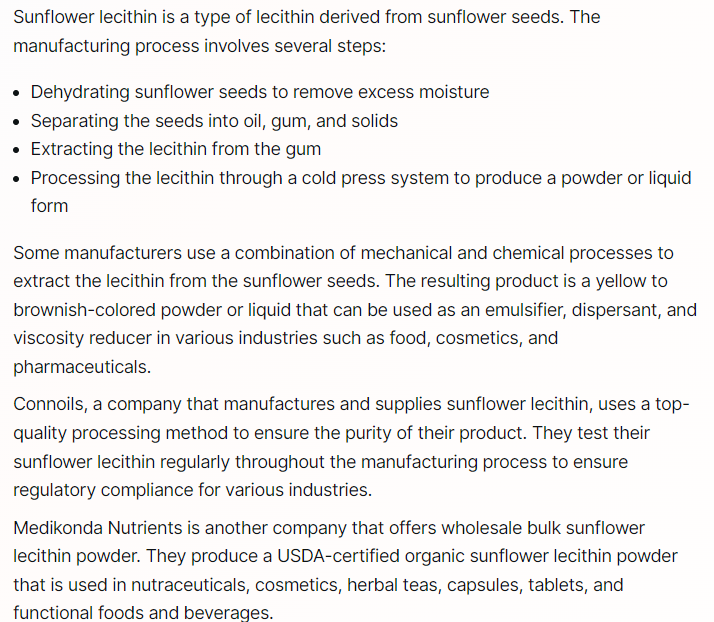


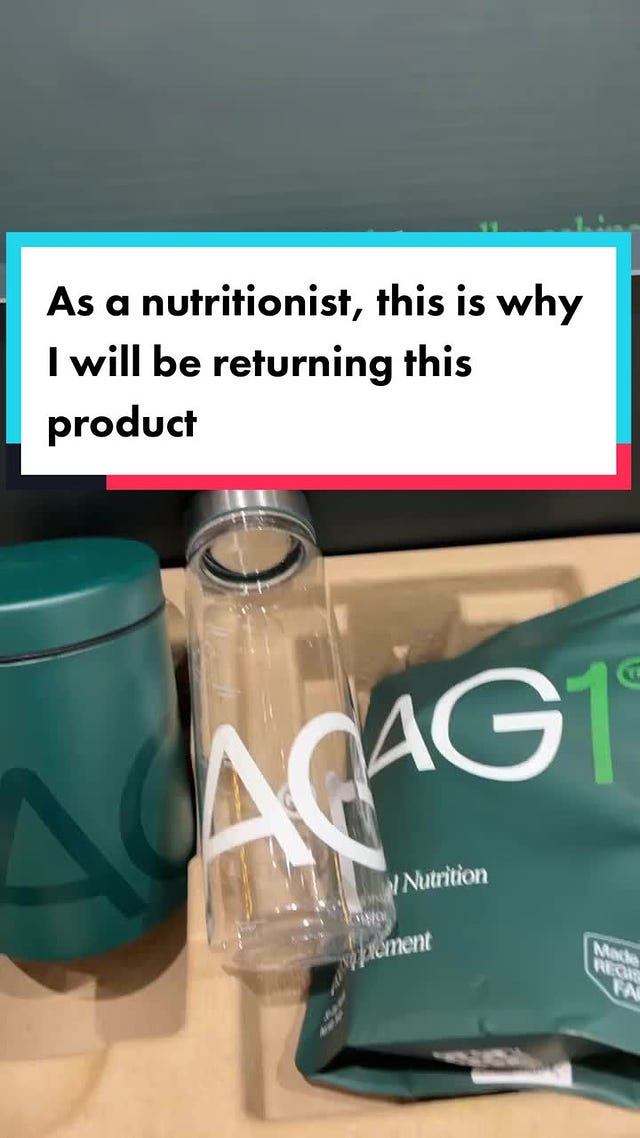
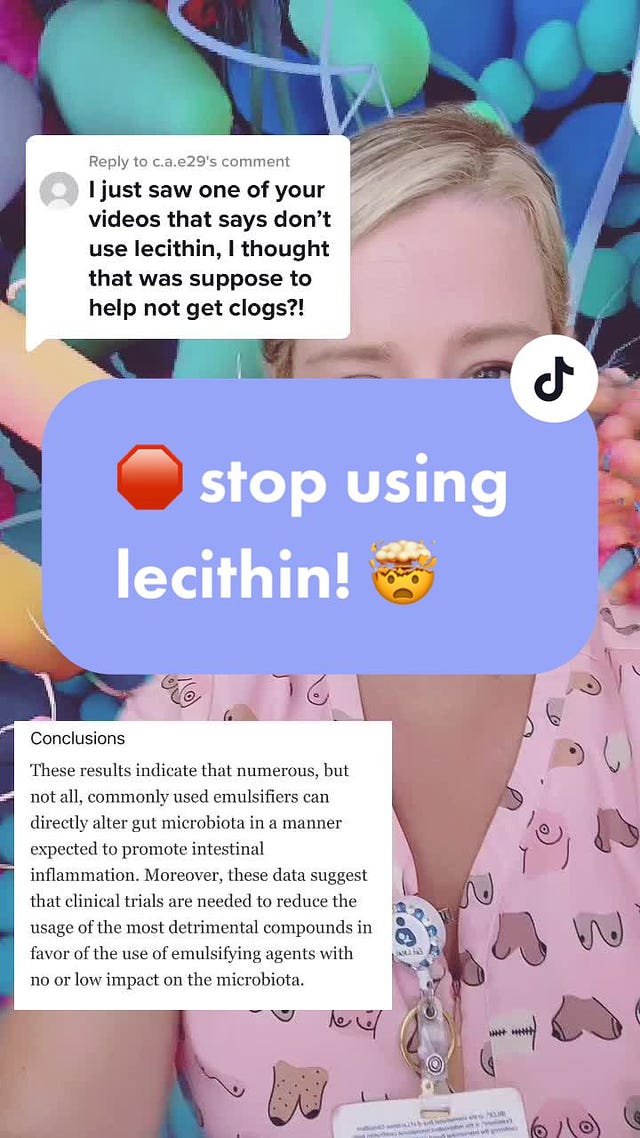
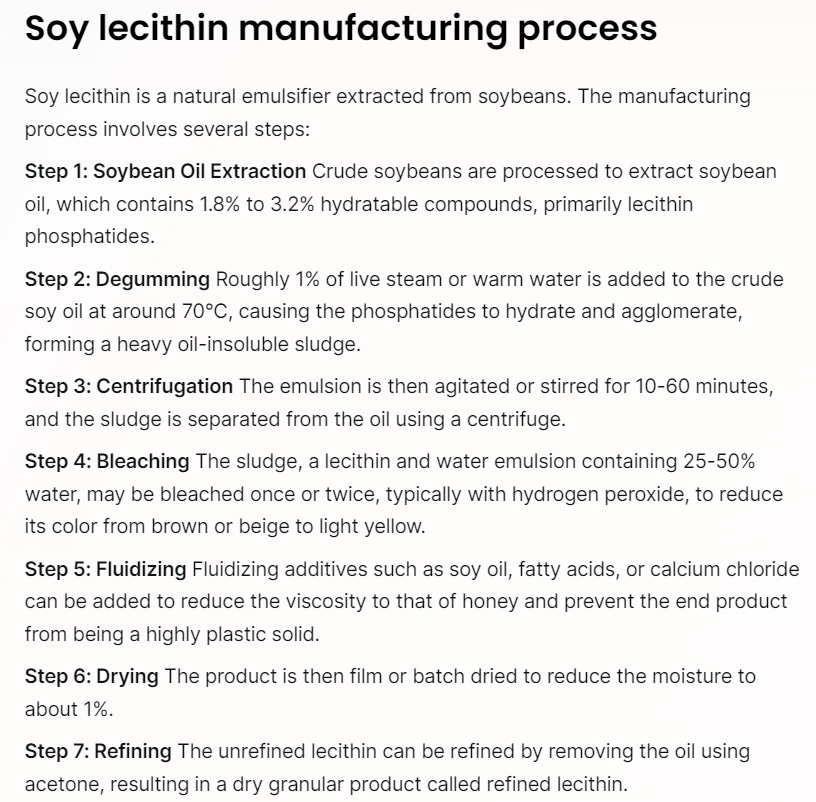
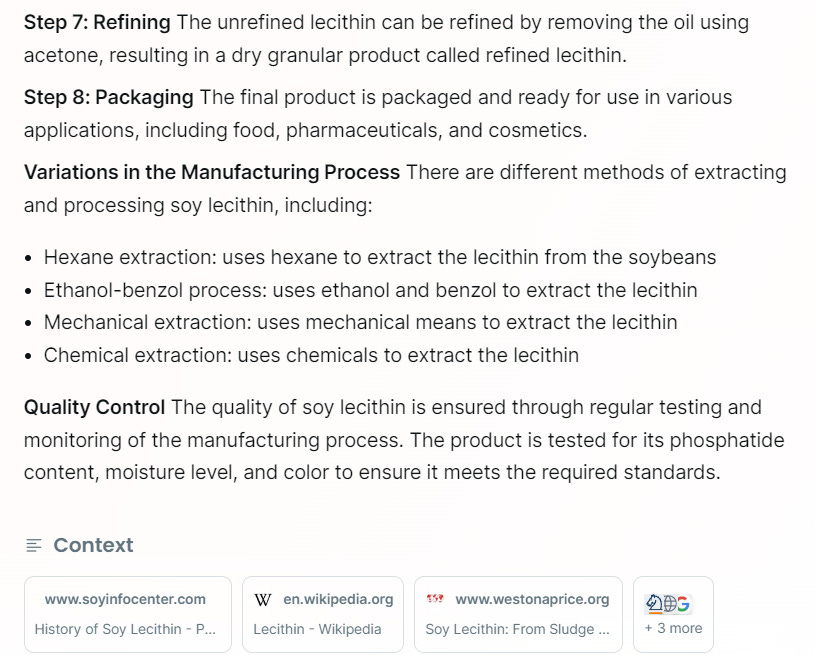
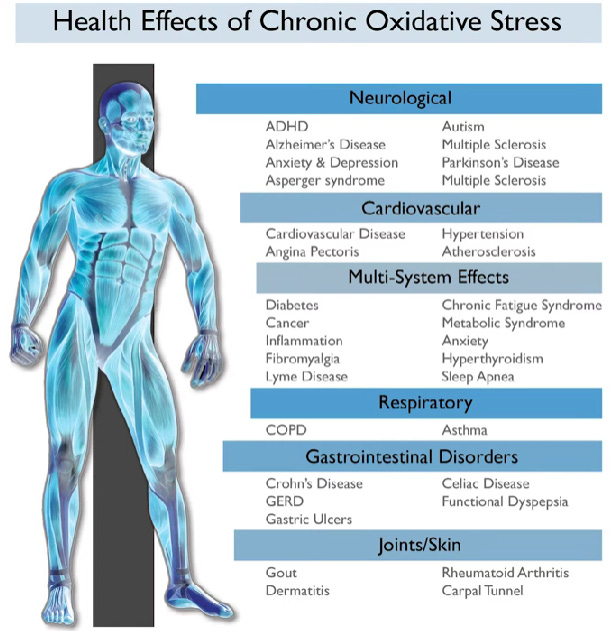





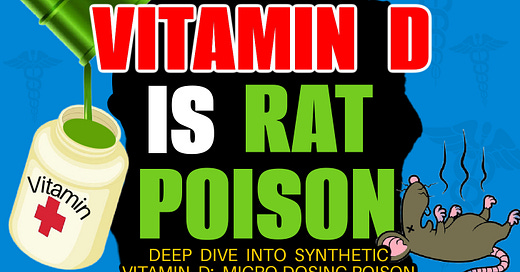





As soon as you said lecithin is a way to make money from a waste product, I immediately thought of fluoride. Then you said it! Our city has added fluoride and it is difficult to filter out. They have been poisoning us for a very very long time.
The greatest danger of GMO crops is that they are resistant to known pests & pathogens.
What should happen if a new organism, bacteria or fungi or mould or pest evolves, (or is created) to feed off of GMO crops EXCLUSIVELY!
Since the first Monsanto frakencorn (there are decades of documentaries on this topic)! Monsanto was granted a patent on the GENE that is modified, any Monsanto frakencorn that lands on a neighbouring farm is patented and belongs to Monsanto.
Monsanto (owned by Billy boy) then files a patent violation against the neighbouring farm, lawsuit puts farmer out of business, Billy Boy swoops in and buys up the now bankrupt farm. This is how Bill Gates-Mengele becomes the largest land owner in the USA.
Agenda 21 lays out a specific and complex plan for depopulation by War casualties, Viral Pandemic, FOOD & WATER SHORTAGES and Climate crisis due to weather modification.
Need I say more?
The Universal Law of Cause - GMO’s, & Effect - Patent law suits, lost private farms, along with the Universal Law of Polarity (opposites) ie: Good (us) & Evil ( Elite World Order) Light & Dark etc. These are vibrational frequencies we used to know how to manipulate.
So let’s put 2 and 2 together…
If the Elite World Order can create a human virus to depopulate why wouldn’t they create a GMO “virus” as well? Doh 🙄
You can bet the Seed Vault in Norway with all the unmodified seeds is NOT for us.